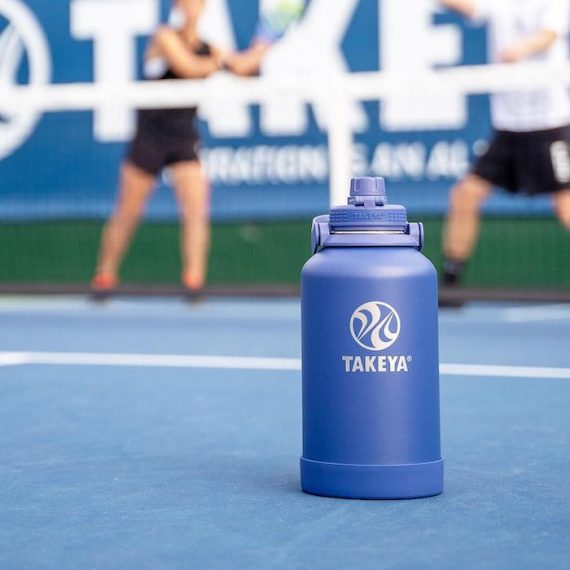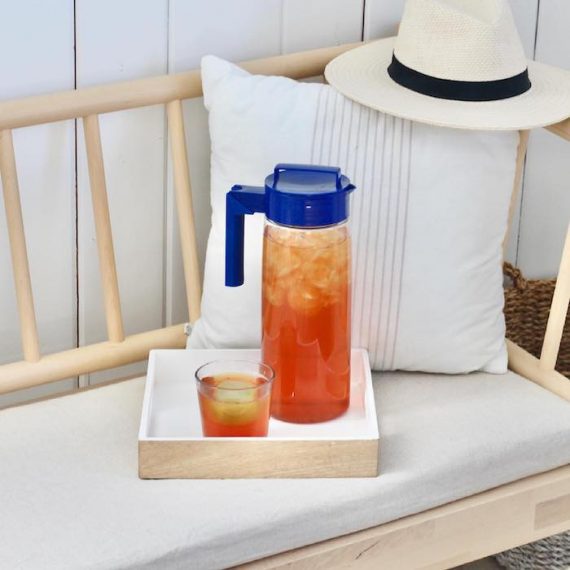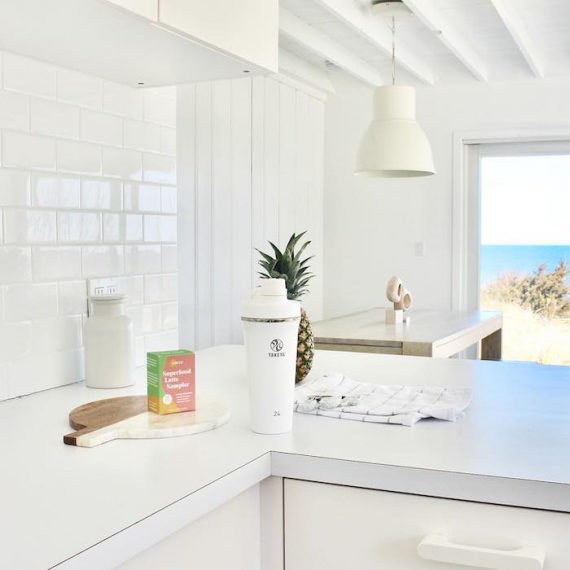The design elements of a photo include lines, color, shapes, light, texture, and negative space. The use of such elements in product photography can make or break its appeal to shoppers.
This is the 10th installment in my series to help ecommerce merchants take better product images. “Part 1” addressed the importance of backdrops. “Part 2” explained tripods. “Part 3” examined artificial lighting. “Part 4” reviewed angles and viewpoints, and “Part 5” dealt with choosing a camera. “Part 6” assessed lenses and their importance. “Part 7” focused on magnification and close-ups, and “Part 8” and “Part 9” introduced the basics of composition.
In this installment, I’ll look at using lines to make your product photos more engaging.
Lines in Photography
Lines direct the viewer’s eyes to the focal point of an image. Failure to employ lines correctly can make your images confusing or complicated, lowering conversions. Let’s look at the six types of lines for your product photography.
Vertical lines draw viewers’ eyes from the top of your photo to the bottom, or vice versa. Vertical lines can evoke feelings in the viewer, depending on the context.

Vertical lines can evoke feelings in the viewer. This image of a reusable water bottle conveys the brand’s sustainability efforts and a key selling feature: a removable lid. Source: TakeyaUSA.com.
For example, the image above of a woman washing a reusable water bottle sends a powerful message about the brand’s sustainability efforts and a key selling feature: a removable lid. Viewers’ eyes follow the top of the flowing water before settling on the lid and the overall scene. It’s a compelling example of how product photography can provide a visual journey and prompt shoppers to contemplate an item’s utility.
—
Horizontal. The human eye naturally follows horizontal lines in an image, making their use a powerful tool when crafting a story about a product or brand. Interrupting a horizontal line with the product is an effective way to draw attention, as seen in the example below. I prefer placing a product on top of a horizontal line to occupy most of the upper portion. It forces viewers to gaze upwards and contemplate your product longer.

Interrupting a horizontal line with a product, such as this water bottle, draws attention. Source: TakeyaUSA.com.
—
Diagonal lines can create useful tension in product photography. Tension can improve engagement. For example, the diagonals in the image below of the towel and flowers drive viewers’ eyes to the coffee maker and its “smooth pouring” experience.

Diagonal lines can create useful tension. The diagonals of the towel and flowers in this image drive viewers’ eyes to the coffee maker. Source: TakeyaUSA.com.
Diagonal lines can also create depth in an image, which is helpful in forming a story around a product. The image below is much more interesting with the diagonal shoreline in the background.

The diagonal shoreline in the background of this image adds interest and engagement. Source: TakeyaUSA.com.
—
Leading lines can be vertical, horizontal, and diagonal. They steer viewers to an image’s focal point. Leading lines make images less static and more three-dimensional. Use them in any number of ways. For example, a product placed partway through a line entices viewers to continue past the item, take in the entire image, and return.
Lines can also lead directly to your product and terminate, as in the image below. The woman’s arms lead to the water bottle.

Lines can lead directly to a product and then terminate, such as the woman’s arms, which lead to the water bottle. Source: TakeyaUSA.com.
Avoid placing a product at the beginning of a leading line. Provide the viewer the experience of following lines to the item. Also, consider more than one leading line as illustrated, again, by arms and legs in the image above. Leading lines can come from the same or varying directions so long as they direct viewers’ eyes to the product.
—
Implied lines stem from the arrangement of elements. The photo below is a good example. The placement of the hat, pillow, jug, and glass implies a diagonal line running from the lower-left corner to the top right. The line draws a viewer’s eye to the product (the jug).

Implied lines stem from the arrangement of elements in a photo. This hat, pillow, jug, and glass imply a diagonal line from the lower-left corner to the top right. Source: TakeyaUSA.com.
—
Converging lines are two or more diagonal lines that run toward each other. They may not touch, but they are helpful in some settings. For max effectiveness, place your product at the point where the lines converge. This becomes the focal point of the image and can engage viewers. The water bottle below sits on at convergence of two diagonal countertop lines.

Converging lines can become the focal point of the image and can engage viewers. This water bottle sits on at convergence of two diagonal countertop lines. Source: TakeyaUSA.com.
See “Part 11: Image Editing.”


